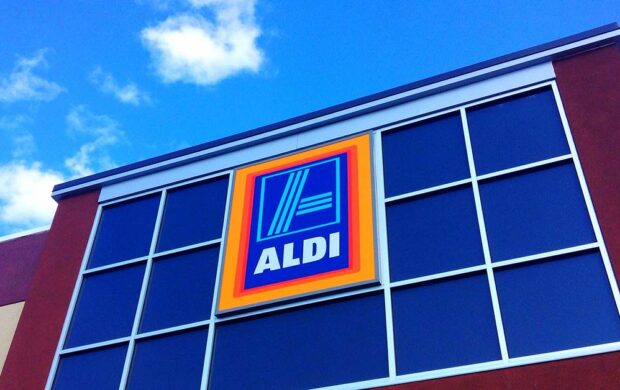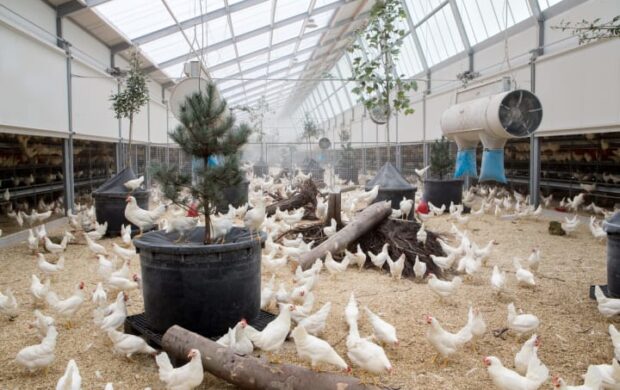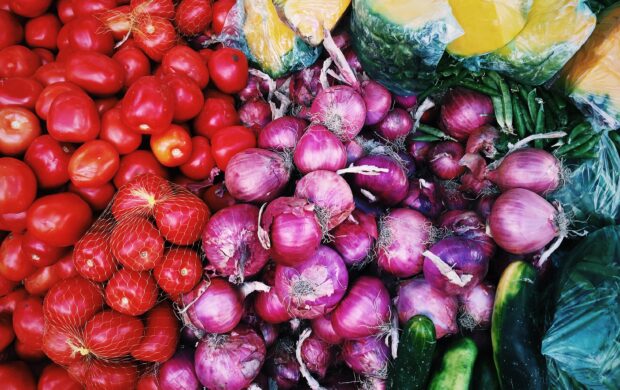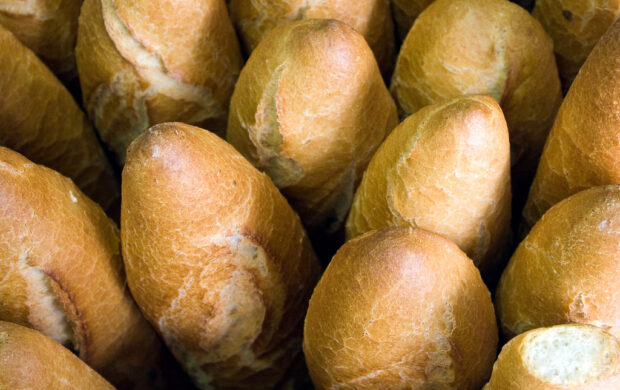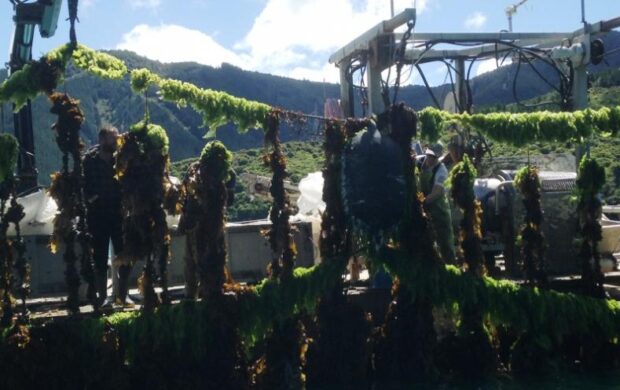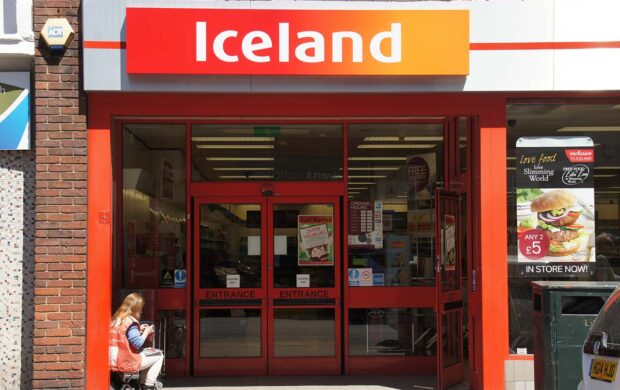Israeli sustainable package manufacturer TIPA has produced a packaging that biologically decomposes on an ordinary compost heap, in a home composter, or at your local council’s food waste collection. It becomes a fertiliser for soil, just as an orange peel would.
TIPA has secured $11M in series B financing led by Austin Hearst of the media conglomerate Hearst Corporation. The new investment round will enable the company to expand its sales in new territories and further develop new generations of its unique packaging solutions for a wider variety of food and non-food goods. In this round of financing, Austin and Gabriela Hearst have joined existing TIPA investors GreenSoil Investments and Horizons Ventures.
Here’s the low-down on the packaging innovation from TIPA:
What is TIPA’s compostable packaging made of?
The packaging is made of a blend of different compostable polymers. The plant-based source of some of these polymers is wood pulp and corn.
What does TIPA’s packaging break down into?
TIPA’s packaging breaks down into compost, which can be used as a fertilizer. It means that eventually it is something bacteria can eat.
What exactly are “home composting conditions”?
Unlike industrial composting facilities (temp 55 to 60°C, EN13432), home composting conditions refer to conditions where products compost at lower temperatures, so they can go into any ordinary compost heap at home. The temperature in a garden compost heap is clearly lower and less constant than in an industrial composting environment. This is why composting in the garden is usually a more difficult, slower-paced process.
What happens if the packaging is thrown in a regular bin?
If TIPA’s packaging is thrown into a regular waste bin, it will go through the local waste stream where it’s likely to enter a landfill or an anaerobic digester. If landfilled, TIPA’s packaging will break down, though it will take longer than it would in a composter. In places with proper waste sorting, the packages could end up in an industrial composter, where it will break down along with the other organic waste.
What happens if the packaging ends up on the ground or in the street?
Packaging should not become litter in any case. TIPA’s packages are only designed to break down in composting conditions. If TIPA packaging ends up on the ground or in the street in an urban environment, it will likely get picked up by waste collection and end up going through the same process as in the answer above. If TIPA packaging ends up in nature, it will eventually break down, although it will take much longer than in composter conditions.
What’s the difference between biodegradable and compostable?
A material that is biodegradable will be broken down by biological processes. For a material to be certified as compostable, it must go a step further: a compostable material must break down, under the proper composting conditions, and the resulting elements will have value as a fertilizer. Only materials that are compostable are able to safely enter composting facilities. All of TIPA’s materials are certified 100% compostable.

